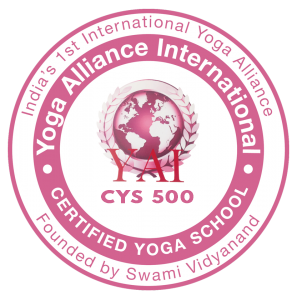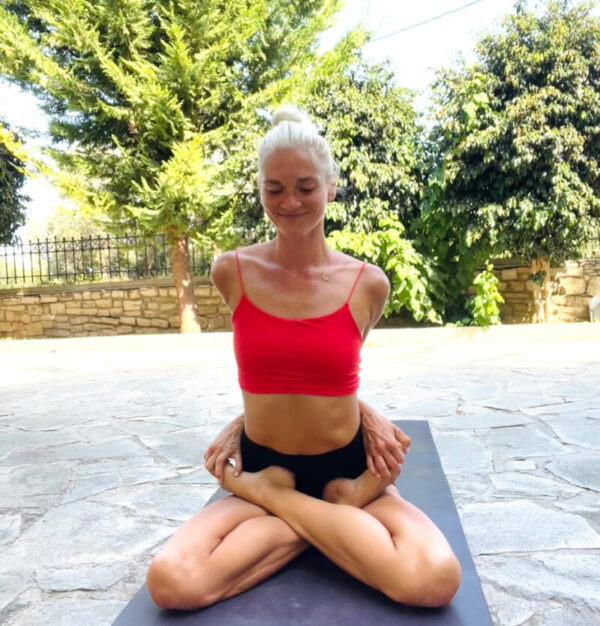Information



The 6 qualities needed for success in yoga as presented in Hatha Yoga Pradipika.
The Hatha Yoga Pradipika is one of the oldest and most in depth texts of Hatha Yoga. It was compiled and created by Swami Swatmarama in approximately the 15th century. Here, we can get an understanding of many yogic practices which lead to the self-realisation of the yoga path. The text provides clear explanations of many important aspects of Sadhana (spiritual practice) and one who is devoted to the yoga path may find it a helpful guide on their spiritual journey.
In verse 16, the Hatha Yoga Pradipika presents the 6 qualities needed to succeed in yoga. I often write about the importance of not setting goals or chasing something in the yoga path. So the word success here refers to one who becomes established in their sadhana and comes to the state of Moksha/Self-realisation.
In this part 1 of 2 for the 6 successes of Yoga blog series, I will focus on the first three aspects and will attempt to explain each one, so that you can understand it well. As the text is quite old, yet nonetheless insightful, sometimes it may be difficult to relate to some of the teachings especially if you have not been practicing for a long time and under a teacher who teaches you the philosophy. Our world now is much more different than it was for the rishis. If we can take what we can do well and apply it in our daily life, then this can give us the means to continue exploring the path. As most of you (my readers) practice asana as the main yogic practice, I will relate these to the asana practice. However it is important to note that this is just a small part of the entire yoga philosophy and its practices.
The first of the 6 successes of yoga as presented in the Hatha Yoga Pradipika is utsah or enthusiasm. One must have a positive attitude toward their sadhana. I often relate this to the second Nyama by Patanjali, which is Santosha/contentment. The spiritual practice is not easy; many challenges and doubts may rise at first, and continue to do so. However, if we can practice with joy and enthusiasm then we will keep focused and committed. The whole purpose of the yoga path is to reach liberation and freedom from ignorance of the true self, meaning that it brings us to our true nature, beyond and away from our ego. This is a beautiful aspect and our practice can reflect such a connection with the Divine essence within. Everyday we start our practice it can be approached as a new experience. There is no need to put pressure on ourselves to reach a specific asana, or even more so, enlightenment. Practice with enthusiasm and see what comes. Keep positive and joyful, because this is part of the process.
If we want to bloom any seed of intention, then we must always keep consistent in our practice. Whatever circumstances may arise, we can learn to develop will-power to continue. No matter how many times you will fall on your mat, do it humbly and get back up. Accept this as the teaching of your practice that day. On the mat, and in life, sometimes there will be some situations which come up that can seem as obstacles. But it happens and we can learn to surrender to these and not lose our focus. Keeping our enthusiasm and persevering are needed. Often I get students asking me “How long will it take to reach so and so asana?” to which I respond “this is irrelevant”. There is no final destination in our practice, especially on the mat. We do it daily and we persevere no matter what. Some might never be able to fully reach an asana due to their physiology, whilst other can do so with ease. Both are irrelevant. Step on the mat and practice. Keep consistent and committed, keep going, keep growing.
Tattvajnana is made of two words “tattva” which can mean “truth” and “jnana” which can mean right or supreme knowledge. Discrimination here refers to our ability to discriminate between what is right and what is wrong. Relating to the practice, the Hatha Yoga Pradipika explains discrimination as a means to do everything with good outcome for the sadhana. It is not only about doing so on the mat, but in our every day life. The food we eat, the habits we engage with daily, the choices we make, the company we keep, the material aspects in our life etc must always have a positive effect on our practice. If they don’t then this will interfere so it is advised to change and adapt to something that does.
Our practice goes beyond the mat. The way I look at it is that our practice is like our master. It teaches us so many different aspects, which we must then learn to apply in our life. Sadhana is not only on the mat, but continues throughout our life. It is not enough to practice asana for the sake of being physically strong, fit and flexible. These qualities should ideally reflect in our habits and all that we do.
Our spiritual practice is our life. Those who commit to the yoga path, can do so with the willingness to explore their life from a space of truth, direct experience and openness. Whilst I conclude the first three success aspects in yoga, I invite you to take the time to explore these for yourself. Whether you already have a practice or not yet, see if you can apply these to your daily life and spiritual practice. It is so important to do self-enquiry on our yoga path. It might not be an easy road to follow, but it is through the practice we discover the beauty and truth of life. And if you can experience more enthusiasm, perseverance and good actions in your life, perhaps this will bring some balance and joy to your everyday or at least keep you focused on your practice.